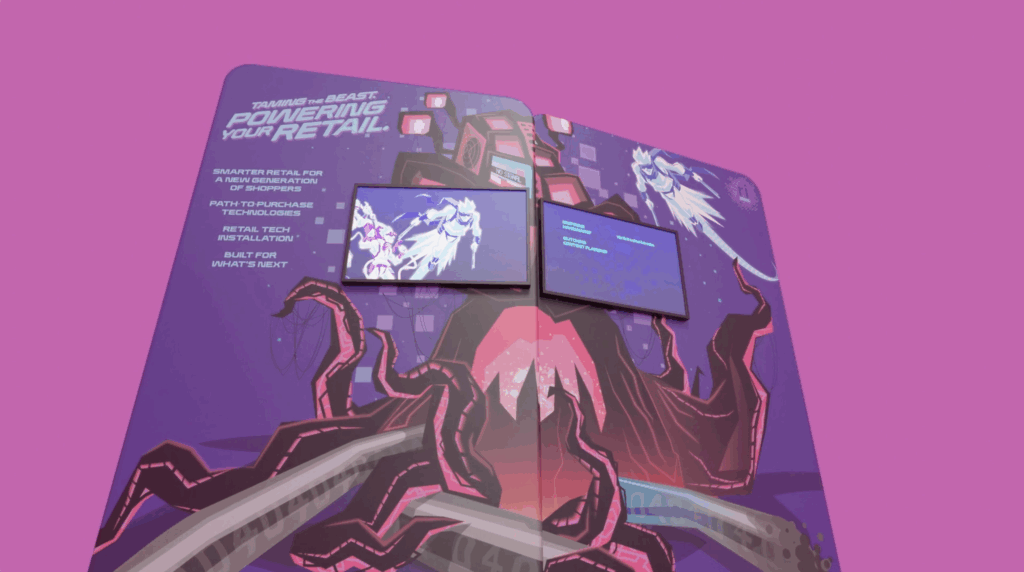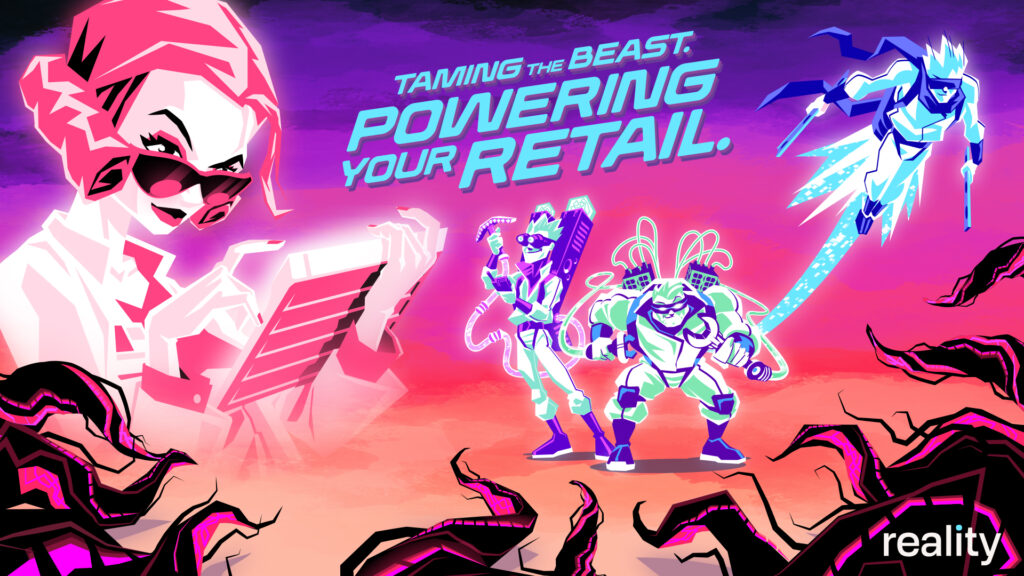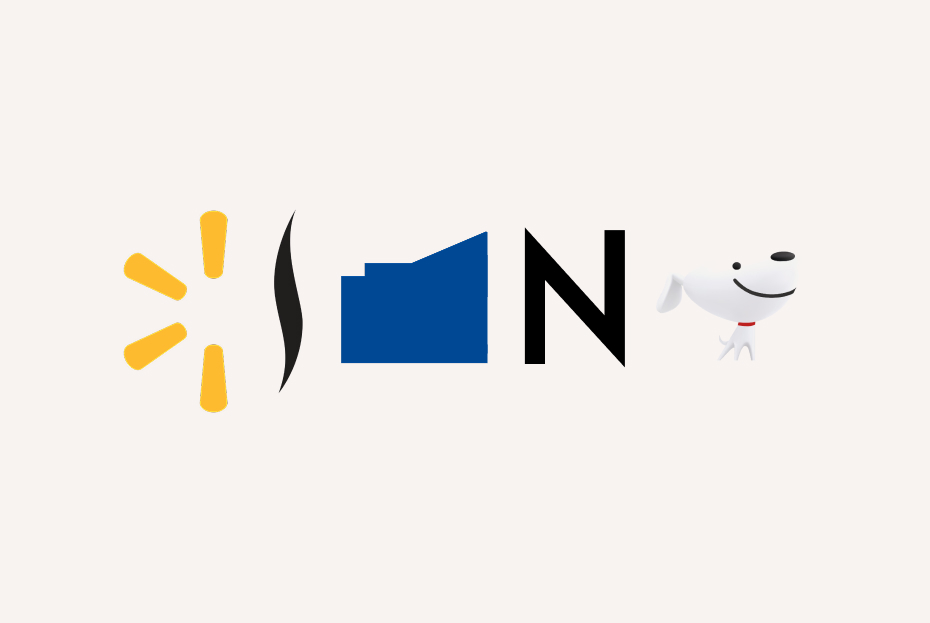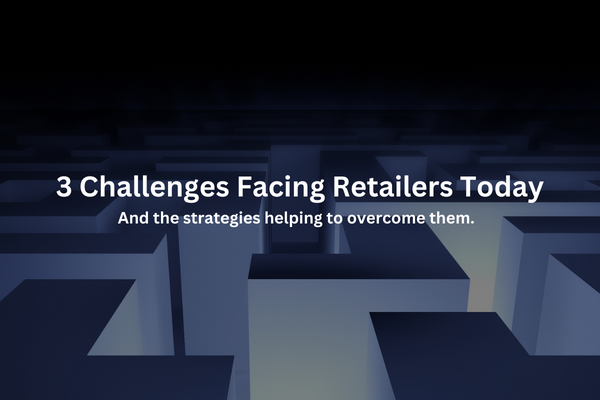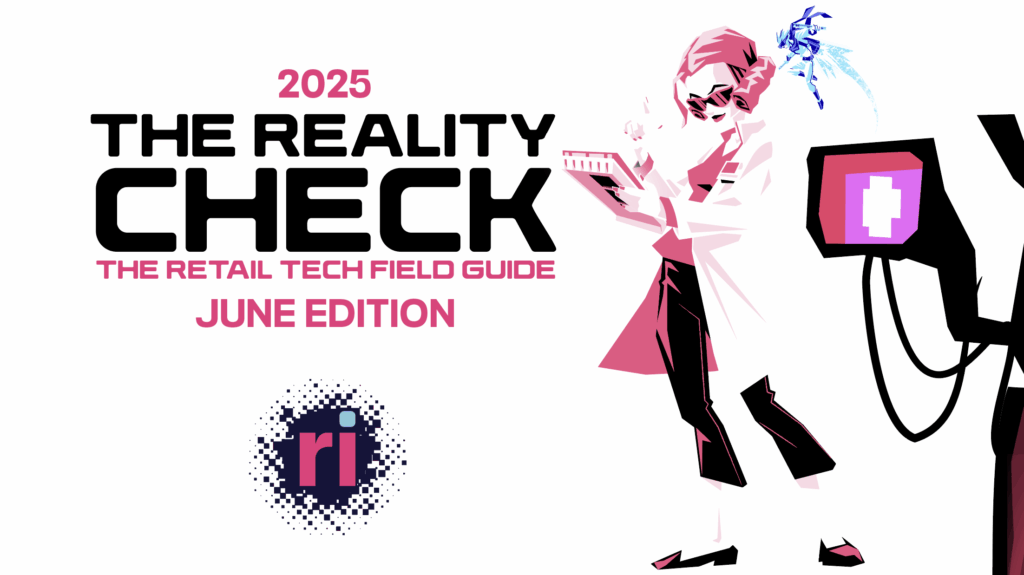In the heart of Nashville’s vibrant cultural landscape, the digital age has ushered in transformative changes within some of the city’s most iconic landmarks. From the grand Nashville Parthenon to the historic Ryman Auditorium, the esteemed Country Music Hall of Fame, and the legendary Grand Ole Opry, these revered institutions have embraced digital integrations that transcend mere modernization. Through innovative technological solutions, these Nashville treasures have addressed a multitude of challenges, ranging from enhancing visitor experiences and accessibility to overcoming the limitations of physical constraints. Join us on a journey through the harmonious marriage of tradition and innovation as we explore the remarkable digital transformations that have revitalized these cultural pillars, while solving the pressing issues that come with preserving and celebrating Nashville’s rich heritage in the 21st century.
The Parthenon


The Nashville Parthenon is a full-scale replica of the ancient Greek temple. It was originally intended to be a temporary contribution to the 1897 Tennessee Centennial Exposition as they celebrated the 100th anniversary of Tennessee’s entry into the union along with more than 50 other neoclassical structures devoted to agriculture, commerce, and other divisions. “Nashville was known as the ‘Athens of the South” said Lauren Bufferd, who serves as the director of Nashville’s Parthenon. “The state had public education so early, and people in Nashville just thought of themselves as progressive, democratic, and all of the things they kind of imagined the classical world embodied.” When the Centennial Celebration came to a close, all of the buildings were demolished. However, the Parthenon was so beloved that the people of Nashville protested its removal, so the structure remained until it began to deteriorate 20 years later. In 1915 the park board initiated plans for reconstruction and about 15 years later the Nashville Parthenon reopened as the monument we see today.
Recently, the Nashville Parthenon has started offering a 3D virtual tour, powered by Matterport technology that allows online visitors to browse the permanent collection of art, temporary exhibitions, and the interior recreation of the Parthenon complete with the colossal statue of Athena. This digital solution has allowed the museum to overcome geographical limitations, allowing people from around the world to explore the Parthenon’s remarkable collection of art and history without having to travel to Nashville. This not only increases the museum’s accessibility but also ensures that its treasures are enjoyed by a broader and more diverse audience. Additionally, the 3D tour offers an immersive and interactive experience, enabling visitors to navigate through the museum at their own pace, and have an unobstructed view of intricate details and artifacts, which is often difficult during an in-person visit.
This virtual tour not only preserves the museum’s cultural heritage but enhances its educational value, making it a valuable resource for students, scholars, and history enthusiasts alike. Overall, the Nashville Parthenon’s embrace of Matterport technology has bridged the gap between art, history, and technology, making it a forward-thinking and inclusive cultural institution.
The Ryman Auditorium
The Ryman Auditorium, often referred to as the “Mother Church of Country Music,” was originally constructed as the Union Gospel Tabernacle in 1892 by Thomas G. Ryman, a prominent Nashville businessman and riverboat captain. Initially intended as a venue for religious gatherings, the building gained fame as a premier concert hall when it hosted the Grand Ole Opry radio show from 1943 to 1974, helping to establish Nashville as the epicenter of country music. Countless legendary artists, including Hank Williams, Patsy Cline, and Johnny Cash, graced its stage, leaving an indelible mark on American music history. Over the years, the Ryman fell into disrepair but was lovingly restored in the early 1990s to its former glory. Today, the Ryman Auditorium continues to be a revered cultural institution, hosting a wide array of musical genres and events, and standing as a testament to the enduring legacy of country music and the spirit of American entertainment.
The Ryman Auditorium has undergone a significant digital transformation in the last decade to enhance the overall guest experience with modern technology. One notable advancement is the adoption of AXS Mobile ID, a cutting-edge digital ticketing technology. By eliminating traditional paper tickets, it has ushered in an era of convenience and flexibility for patrons. Guests can now manage their tickets digitally, allowing for easy transfers, sales, and purchases through an official marketplace endorsed by the venue. This transition not only puts tickets directly into the hands of fans but also mitigates the problem of ticket scalping on unauthorized resale sites, ensuring that the Ryman knows who is attending their shows while bolstering ticket security and authenticity.
Ryman Hospitality sought to modernize the archival process of performer messages, a time-honored tradition at the venue. Red Dot Digital Media implemented a sleek and interactive guest book solution using Palmer Digital Group 22-inch touch-interactive kiosks, powered by BrightSign media players. This digitalization has made it significantly more accessible for visitors to explore past performers and their signatures. The Ryman Auditorium’s extensive library of guest books was scanned and uploaded to a cloud-based database, enabling patrons to search through a wealth of signatures left by recent and historical musicians. This innovative approach acts as a digital time capsule, preserving the handwritten notes and autographs of performers.
After celebrating the Ryman Auditorium’s 125th anniversary in 2017, Ryman Hospitality initiated a multi-year project to update the facility with digital signage to modernize the guest experience. Digital menu boards were deployed in the auditorium’s restaurants, streamlining content management and offering dynamic menu updates based on the time of day. The digital displays located within food concession areas provide visitors with information about the facility and promote upcoming events, enhancing the guest experience even during non-performance hours. Ryman Hospitality’s retail establishments, including the Ryman Shop and Opry Shop, have also embraced digital signage. Individual screens and video walls behind counters and in high-visibility areas within these stores create engaging shopping experiences for the steady flow of customers.
Overall, the Ryman Auditorium’s digital transformation has effectively elevated the guest experience and ensured that this historic venue remains a top destination in Nashville for both entertainment and cultural exploration.
The Country Music Hall of Fame
The Country Music Hall of Fame (CMHOF), located in Nashville, Tennessee, stands as a testament to the rich and storied history of country music. Established in 1961, this iconic institution was founded with the mission to honor the legends, pioneers, and contributors who have shaped the genre. The Hall of Fame’s roots trace back to the efforts of country music industry leaders and enthusiasts who recognized the need to preserve and celebrate the genre’s heritage. It wasn’t until 1967 that the Country Music Association (CMA) took over its management, solidifying its status as the preeminent home for all things country music. Since then, the Hall of Fame has grown, not only as a museum but also as an educational and cultural hub, hosting exhibits, live performances, and events that continue to honor the past and promote the future of country music. With its vast collection of memorabilia, interactive exhibits, and the induction of new members into its hallowed halls each year, the Country Music Hall of Fame remains a revered institution for fans and musicians alike, preserving the genre’s heritage for generations to come.
The CMHOF has harnessed the power of digital technology to create a dynamic and immersive visitor experience. Through interactive exhibits using digital kiosks strategically placed throughout the museum, visitors can delve deeper into the stories of legendary country music artists. These kiosks enable instant access to audio and video clips, artist biographies, and historical photographs, enriching the traditional museum experience. Visitors can listen to iconic songs, view live performances, and gain a more profound understanding of the artists and their contributions to the genre. This digital solution has addressed the challenge of providing comprehensive information within the limited physical space of the museum, allowing visitors to customize their learning journey and explore their favorite aspects of country music.
Additionally, the CMHOF’s mobile app has revolutionized the way visitors engage with the museum’s exhibits. With the app, visitors can access guided tours, interactive maps, and additional content on their smartphones or tablets. This technology solves the issue of overcrowding around physical exhibit labels and provides a more personalized and informative experience for each visitor. Virtual tours further extend the CMHOF’s reach by allowing remote audiences to explore the museum’s galleries and exhibits from anywhere in the world. This has solved the problem of geographical constraints, enabling country music enthusiasts globally to connect with the museum and its rich history. The creation of digital exhibits offers a dynamic platform for showcasing rotating and temporary exhibitions, addressing the challenge of limited physical space and ensuring that a broader range of artists and topics can be celebrated and preserved for future generations.
The CMHOF’s integration of digital technology has amplified its mission to educate, entertain, and inspire, fostering a deeper appreciation for the genre while overcoming various logistical challenges in the process.
The Grand Ole Opry
The Grand Ole Opry, often referred to as the “Home of Country Music,” boasts a rich and storied history deeply intertwined with the evolution of the genre itself. It was founded on November 28, 1925, as a weekly radio broadcast by station WSM in Nashville, Tennessee. Originally named the “WSM Barn Dance,” the show featured a mix of live music, comedy sketches, and advertisements. Its popularity grew rapidly, and in 1927, the program was renamed the “Grand Ole Opry.” The show’s early years showcased country and folk artists, fostering the careers of legends like Hank Williams, Roy Acuff, and Minnie Pearl. As it continued to evolve, the Grand Ole Opry became a cultural institution, symbolizing the heart and soul of country music. Today, it remains one of the longest-running live radio broadcasts in history, a beloved stage for countless country stars, and a cornerstone of Nashville’s thriving music scene. The Grand Ole Opry’s legacy endures as a testament to the enduring appeal and influence of country music.
The Grand Ole Opry’s integration of various digital technologies has played a pivotal role in addressing several key challenges while enhancing its audience engagement and operational efficiency. One of the most significant advancements has been the introduction of livestreaming and online broadcasting. By livestreaming its performances and events, the Opry has effectively transcended geographical boundaries, bringing the magic of its iconic shows to a global audience. This has solved the challenge of limited seating capacity at the venue and enabled fans worldwide to experience the Grand Ole Opry’s legendary performances in real-time. It has also been especially valuable during times of restricted in-person attendance, such as the COVID-19 pandemic, allowing the Opry to continue entertaining and connecting with fans virtually.
The use of social media engagement has further amplified the Opry’s digital presence. By actively participating in platforms like Facebook, Twitter, Instagram, and YouTube, the Opry has fostered a sense of community among fans and artists. It has provided a platform for instant interaction, fan-generated content, and real-time updates on events and promotions. This integration has helped solve the challenge of maintaining and nurturing fan relationships, as it allows for direct communication and engagement, thereby strengthening brand loyalty and expanding the Opry’s reach.
Digital ticketing and e-tickets have streamlined the ticket purchasing process, making it more convenient for patrons while reducing the reliance on physical tickets. This integration has solved the challenge of long queues and manual ticket handling, ensuring a smoother and more efficient entry process for attendees. Moreover, the Opry’s interactive website and mobile app have provided fans with easy access to information about shows, artists, and historical details, simplifying the discovery of events and solving the challenge of finding accurate and up-to-date information.
The Grand Ole Opry’s digital integrations have addressed various challenges, including limited seating capacity, geographical barriers, fan engagement, ticketing efficiency and information accessibility. These technologies have not only improved the overall fan experience but also enabled the Opry to adapt to changing times and circumstances, ensuring its continued relevance and success in the digital age.
Conclusion
In conclusion, the digital transformations witnessed at the Nashville Parthenon, the Ryman Auditorium, the Country Music Hall of Fame, and the Grand Ole Opry represent a harmonious blend of tradition and innovation, each addressing unique challenges while enriching the cultural heritage of Nashville. From the Parthenon’s virtual tour, which transcends geographical boundaries, to the Ryman’s embrace of digital ticketing for enhanced convenience and security, these iconic institutions have harnessed digital technology to cater to diverse audiences and expand their reach. The Country Music Hall of Fame’s interactive exhibits and mobile app offer immersive experiences and tackle space limitations, while the Grand Ole Opry’s livestreaming and social media engagement have enabled global connections, especially during times of physical constraints. These remarkable digital transformations serve as a testament to Nashville’s commitment to preserving its rich heritage while embracing the boundless possibilities of the digital age, ensuring that the heart and soul of country music and culture continue to thrive in the 21st century and beyond.
